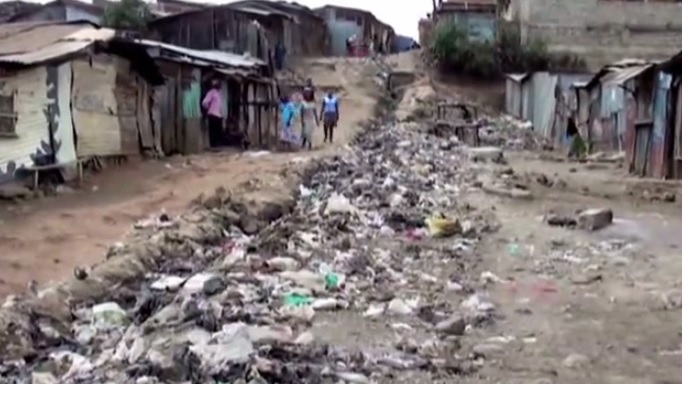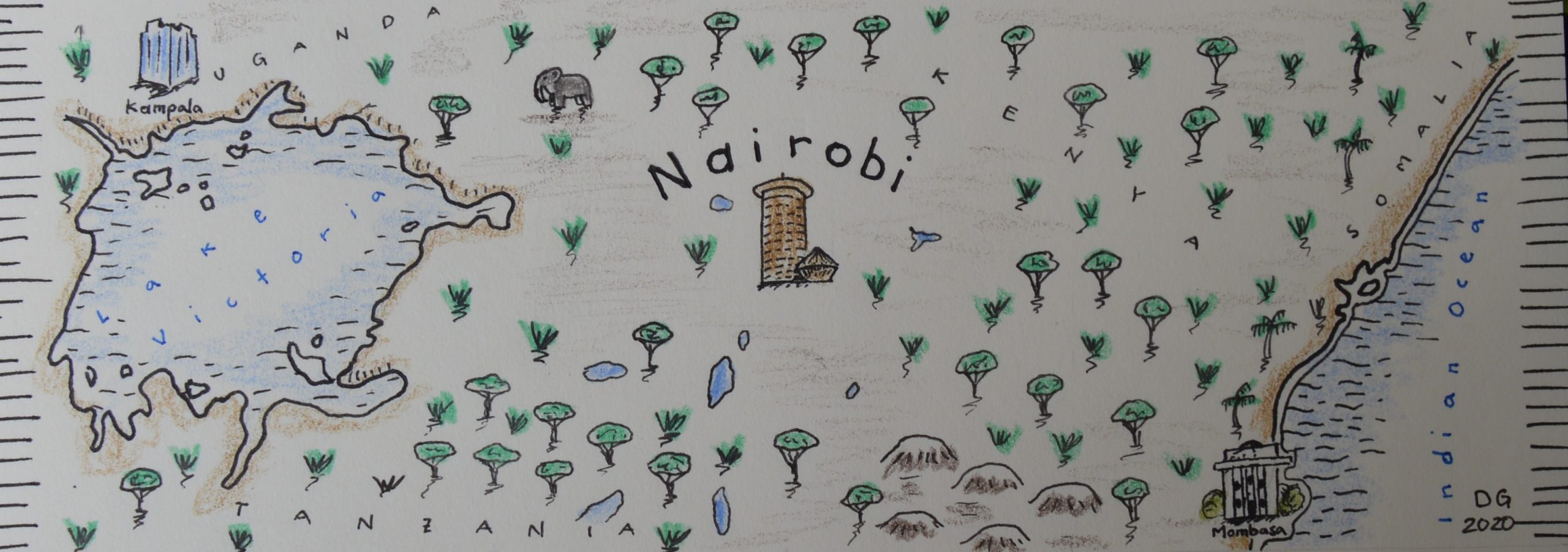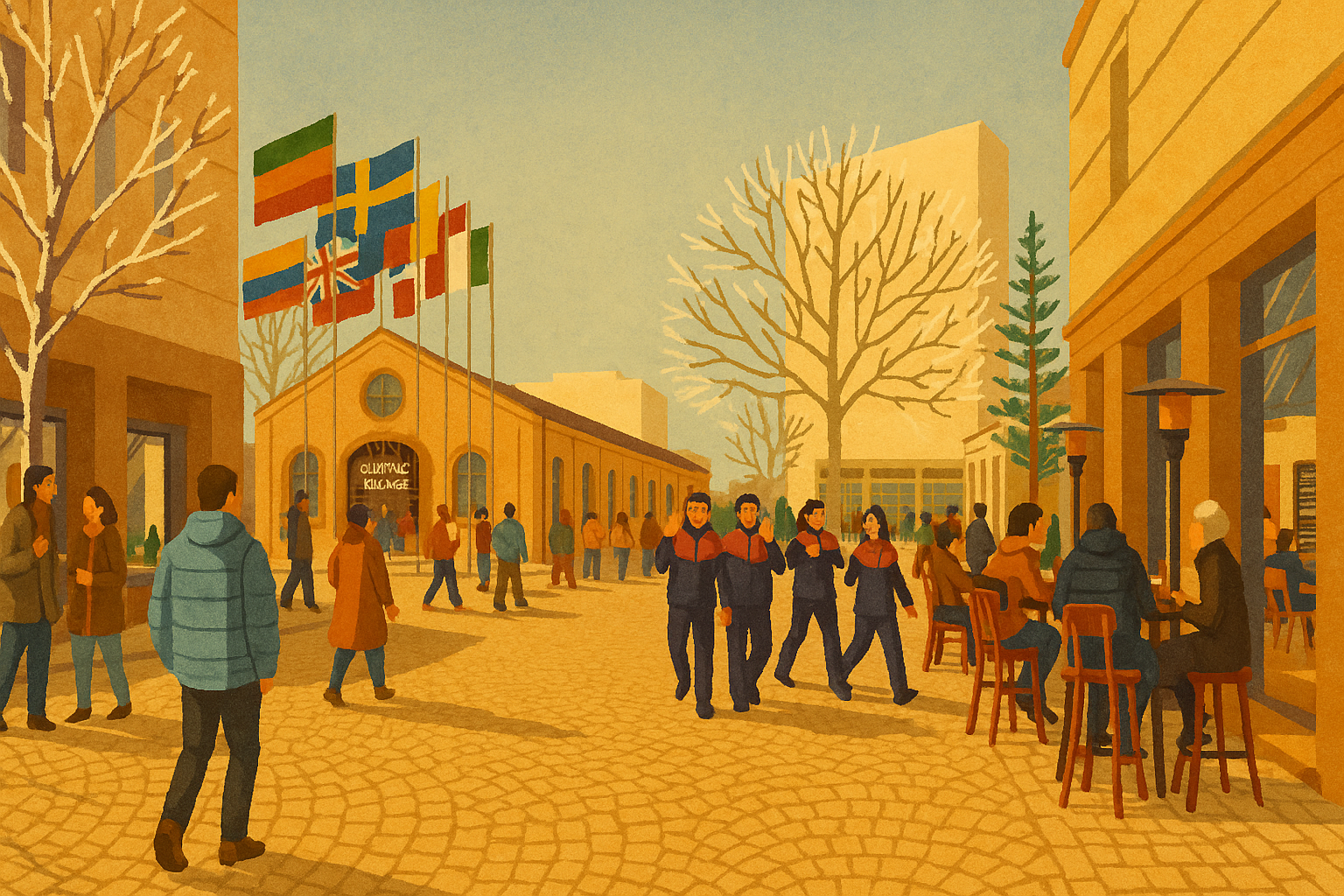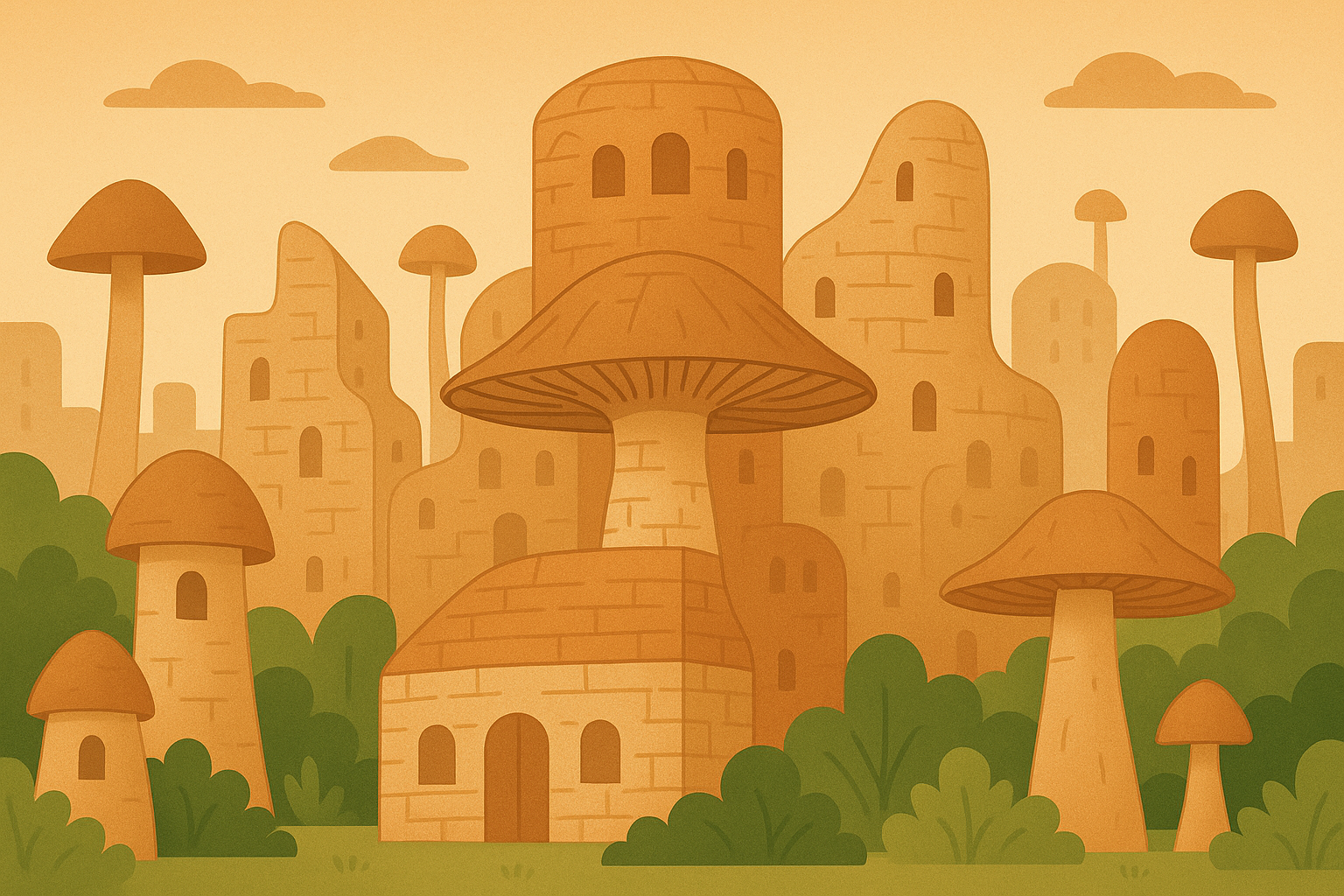In this first article in the “Voices from (…)” category, I chose to look at one of Kenya’s poorest neighbourhoods: Mathare. Mathare consists of a chain of shantytowns in Kenya’s capital city Nairobi with roughly 500,000 inhabitants. Although the list of challenges for Mathare’s inhabitants is very long, I think it is crucial to not only focus on the many difficulties Mathare faces, but to listen to people’s ideas and to look at examples of community involvement and urban upgrading projects.
Voices from Mathare: Juliani
The first voice comes from Juliani, who recorded a walk through the Mathare slums in Kenya’s capital Nairobi for World Habitat Day 2014.
Juliani talks to several slum dwellers in Mathare, who say that employment would be a solution to their problems. However, there is a huge gambling issue in Nairobi and many men are too lazy to look for work (“looking for work is work”). There seems to be the belief that without a supporting “godfather”, people from Mathare can’t make it on their own. You can sense deep distrust in politicians, who apparently only help people who campaign for them. A proposed solution is to bring in young people from other neighbourhoods to establish a resource centre.
Voices from Mathare: Documentary by Majidata
This video was made by Majidata, a Kenyan governmental organisation for monitoring access to sanitation in Nairobi. Several inhabitants talk about the lack of clean water and adequate sanitation in Mathare. There are problems like leaking sewers, only a few public toilets, public defecation, etc. This leads to high health risks, a very dirty and smelly neighbourhood and a sense of embarrassment. One of the main issues for Mathare is the lack of clean water. The search for it even prevents children from attending school.

Sheillah Karima from the Kenyan Water Services Trust Fund says that the water companies should have staff and supervisors on the ground to watch over the water tanks. However, thanks to the community’s participation (NGOs, community-based organisation and informal providers have long been working to spur this change), there is now a change to the situation and “water ATMs” are being installed. This means that water in Mathare is not owned by cartels anymore and has become much cheaper and more accessible.

Community initiatives
I was also looking for more initiatives on improving liveability in Mathare. There are many small-scale initiatives. For example, I found this school which was built through community engagement (by SHOFCO), and this organisation which is working on building a big community hall in Mathare. They even held a participatory design workshop to create first drafts and ideas for the design of the hall. Coming back to the voices Juliani collected, the school is a first step in providing better education to children from Mathare and the community hall will hopefully serve as a resource centre and point of civic engagement.
While there is no doubt that Mathare is one of Kenya’s toughest neighbourhoods, there are some interesting developments brought about by community participation and the engagement of volunteers. However, a comprehensive vision for urban development of Mathare is missing.
Please share your thoughts and ideas in the comment section below and don’t hesitate to contact me (laura@parcitypatory.org).









